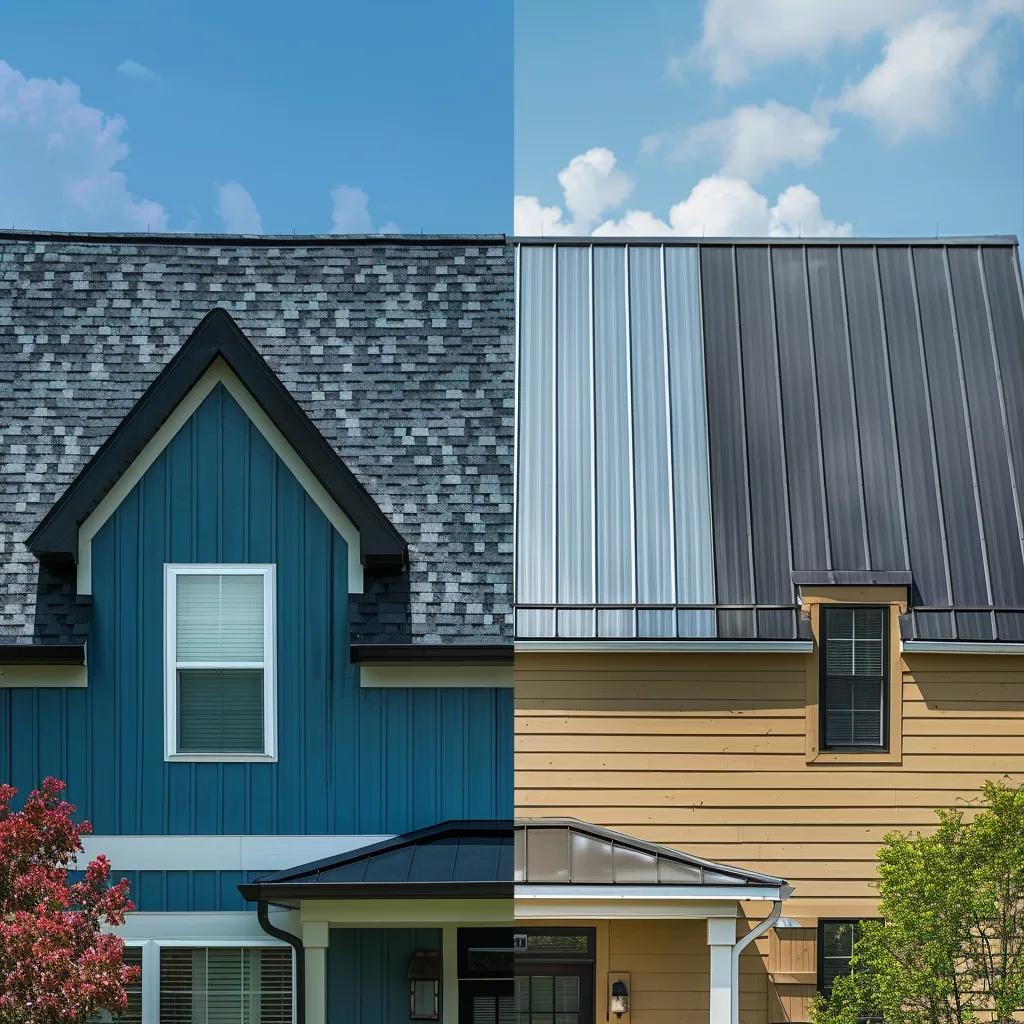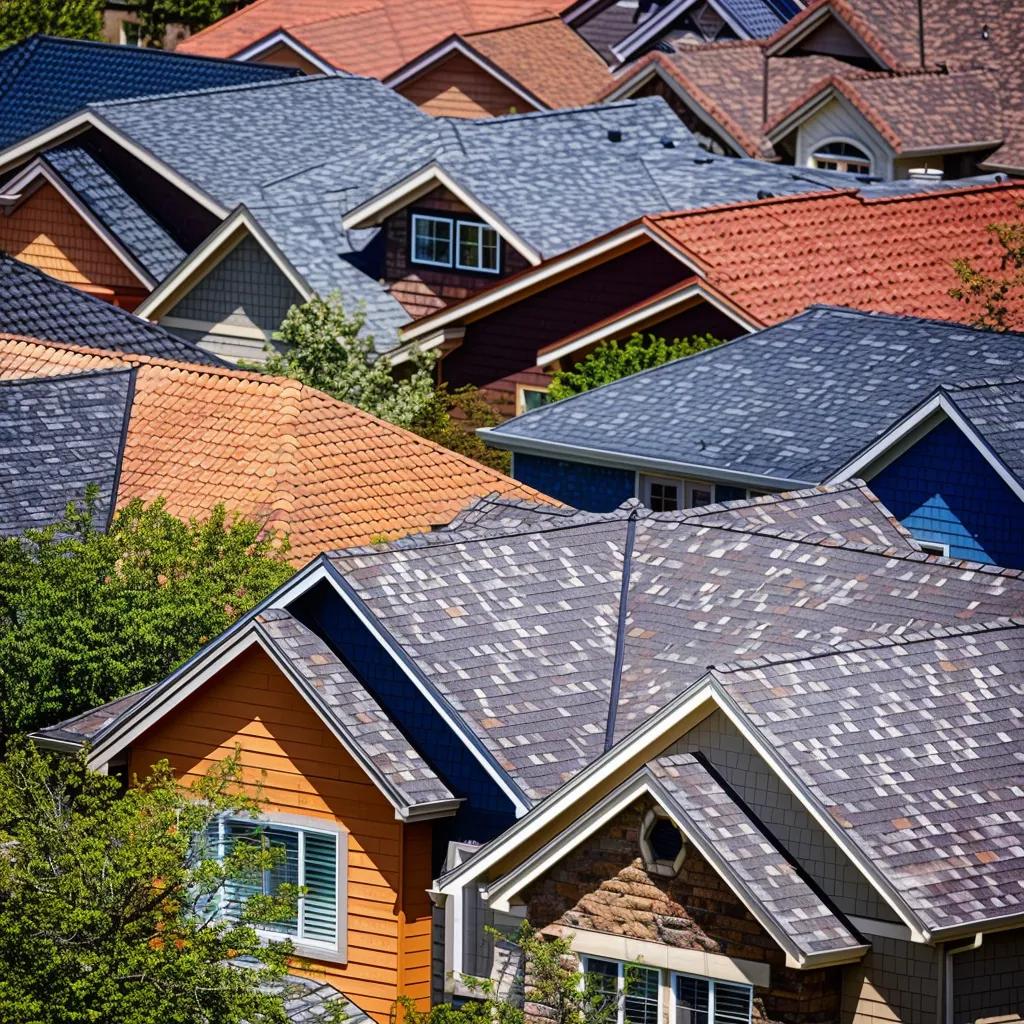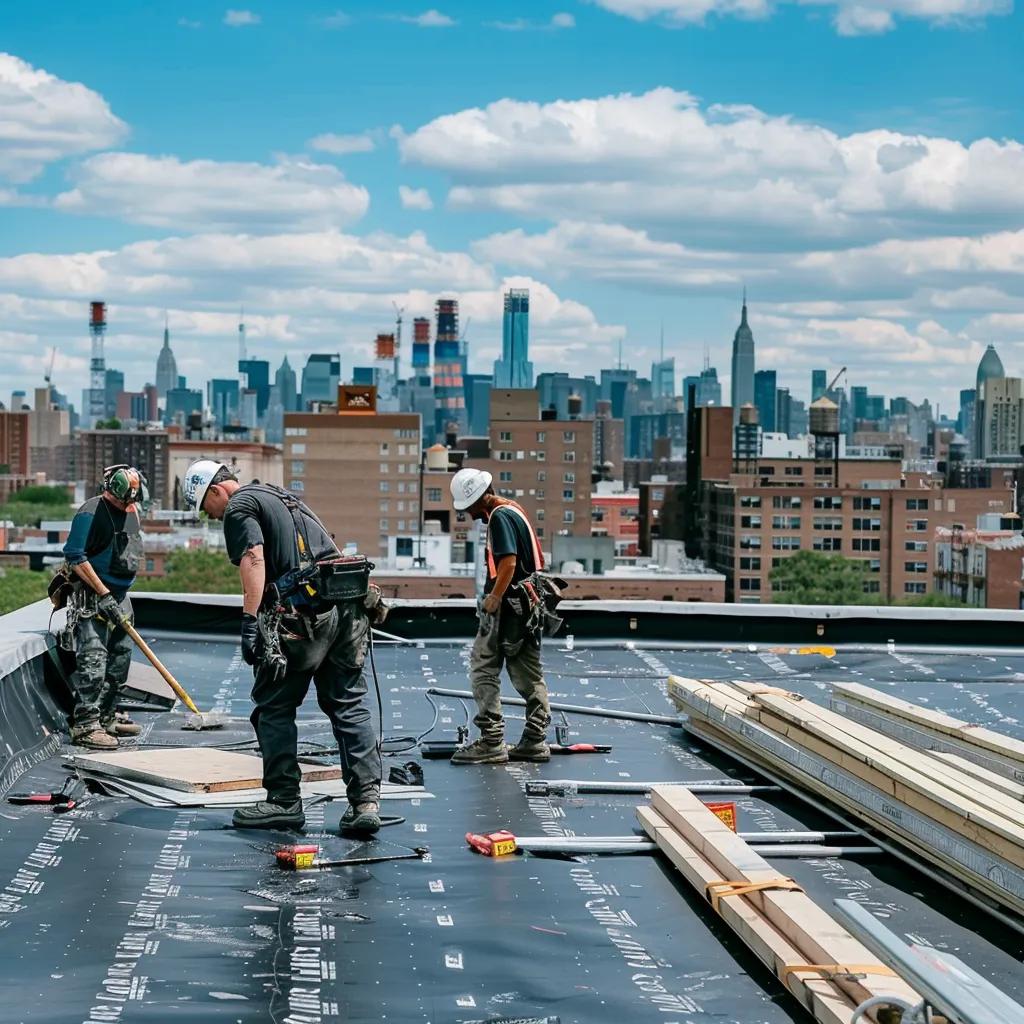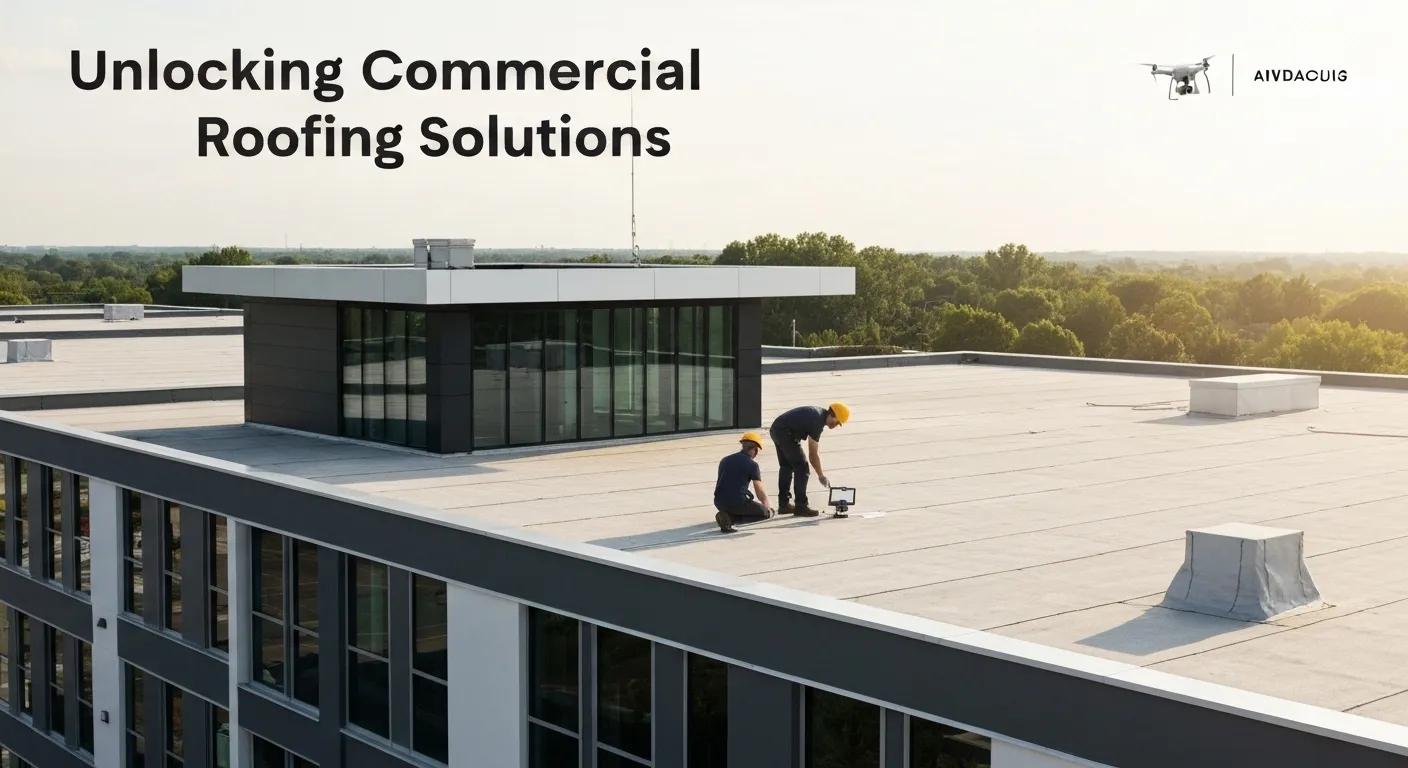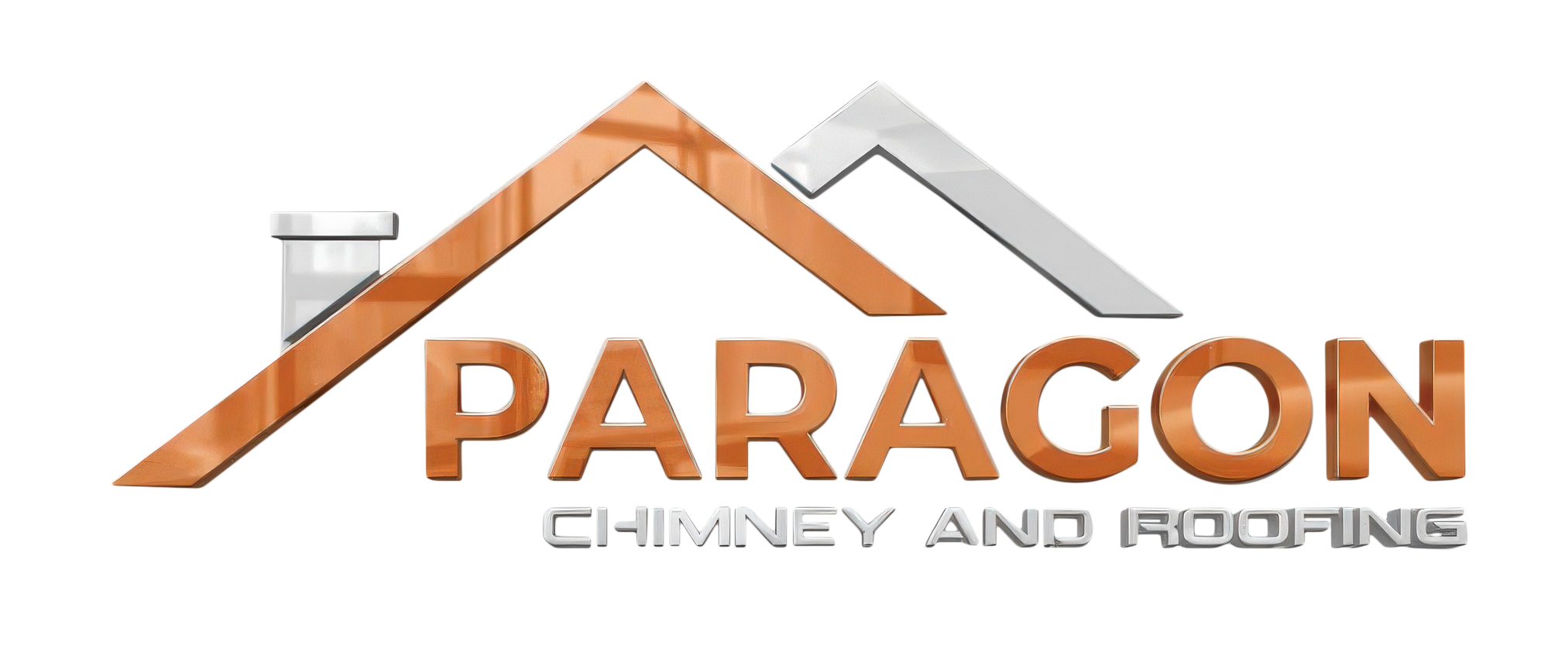Safe & Efficient Chimney Flues in New York: Guide for Homeowners
Curious about how many flues your chimney can hold or how a chimney flue impacts fireplace safety and efficiency? This comprehensive guide from Paragon Chimney and Roofing explains everything New York homeowners need to know about chimney flues—including local building codes, flue varieties, proper installation, and key maintenance tips to ensure safe and effective performance year-round.
What Is a Chimney Flue and Why Does It Matter?
A chimney flue is the interior channel inside your chimney that helps channel smoke and fumes—including flue gases, soot, and combustion byproducts—from your fireplace or stove to the outside of your home. Each fuel-burning appliance or fireplace typically requires its own dedicated flue, which must be properly sized, insulated, and properly maintained to ensure safe operation.
Without a functioning flue, your chimney cannot effectively vent noxious gases such as carbon monoxide, putting your entire home at risk. Whether you have a wood-burning fireplace, furnace, or water heater, your chimney needs a reliable chimney flue for ventilation and chimney safety.
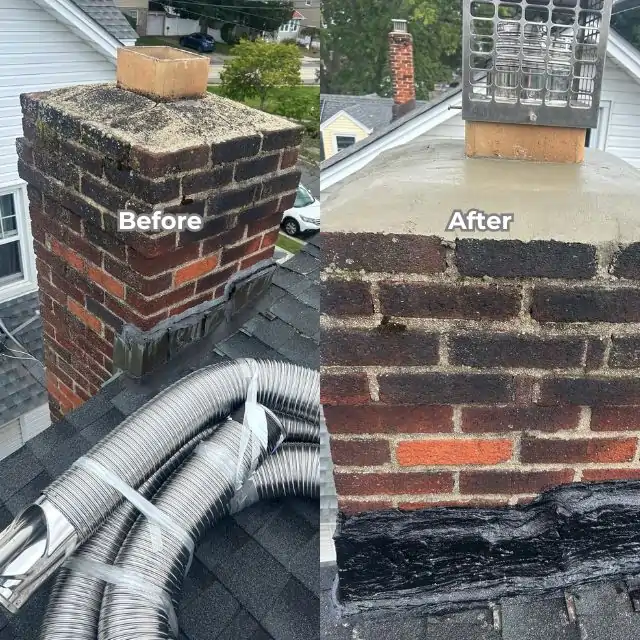
How Many Flues Can a Chimney Have in New York?
Homeowners in New York often ask: How many flues can a chimney have? The answer depends on structure, code, and appliance requirements. While there’s no strict maximum, multiple flues are often used in larger buildings—especially historic brownstones or multi-family homes.
Common Flue Setups:
- Standard homes: 1 to 3 flues
- Multi-family or historic homes: Up to 5 flues
- Commercial buildings: May include many flues, depending on usage
Proper spacing and code requirements are crucial for chimney safety and airflow. If you’re unsure about your setup, it’s best to consult a professional chimney expert.
What Types of Chimney Flues Exist?
There are several types of chimney flues, each suited to different appliance or fireplace systems:
1. Clay Tile Flue
- Most common chimney flue in older homes
- Made from clay tile, cost-effective and long-lasting
- May crack under high temperatures, requiring relining
2. Metal Liners
- Includes rigid or flexible liners
- Ideal for retrofits and furnace connections
- Often made of stainless steel
3. Concrete Flues
- Durable but less common
- Ideal for custom chimney systems and home improvement builds
Each flue type has specific benefits and building codes it must meet. Choosing the right one depends on your appliance, fuel type, and local regulations.
What Is a Flue Liner and Why Is It Essential?
A flue liner is a protective tube inside your chimney flue. It insulates against high temperatures, prevents damage to masonry, and ensures efficient airflow. Many older masonry chimneys lack proper liners and need upgrades for compliance.
Key Benefits of Flue Liners:
- Prevent chimney fires by containing heat
- Improve draft and ventilation
- Protect against corrosive byproducts
Liners are made from tile, metal, or concrete, and must be properly sized for each fuel-burning appliance.
What Are the IRC Code Requirements for Chimney Flues?
According to the International Residential Code (IRC) and New York state regulations:
- Minimum separation between flues: 4-inch masonry wall
- Flue joints must be staggered: Enhances stability
- Dedicated flue per appliance: No shared flue or chimney
Non-compliance can increase fire risk, reduce chimney safety, and lead to insurance issues.
Can a Chimney Share a Flue Between Appliances?
No—each appliance or fireplace must have its own chimney flue. Shared flues can cause backdrafts, improper venting, or deadly gas leaks. This is a strict requirement under the Chimney Safety Institute of America (CSIA) and local codes.
How Do I Know If My Flue Is Safe and Efficient?
Your flue must be regularly inspected to ensure safety. Signs of damage include:
- Cracked or missing flue tiles
- Creosote buildup
- Moisture or rust on liner or chimney cap
Schedule a professional chimney sweep or inspection at least once per year to keep your fireplace and chimney in top shape.
What Happens If Flue Maintenance Is Neglected?
Poor cleaning and maintaining of your chimney flue can lead to:
- Chimney fire
- Combustion hazards
- Carbon monoxide poisoning
- Costly repairs
Always hire a professional to ensure your flue is inspected, cleaned regularly, and upgraded when needed.
When Should I Replace or Reline a Chimney Flue?
Relining is needed when:
- Your current flue liner is cracked or missing
- You’ve installed a new wood stove, furnace, or gas appliance
- You want to boost airflow or meet building codes
Our team uses seamless, insulated liners that ensure safe and efficient performance.
How Does Paragon Chimney and Roofing Handle Chimney Flues?
We provide complete chimney services, including:
- Comprehensive chimney inspections
- Installation of liners for any chimney needs
- Code-compliant flue construction
- Repairs and relining for older chimneys
Whether it’s one flue or many flues, we customize solutions to fit your property, fuel type, and home services budget.
Everything You Need to Know About Chimney Flues
- A chimney flue vents gases and smoke from your fireplace or stove
- Use only one flue per appliance
- IRC codes require 4-inch separation between flues
- Choose from clay flue, metal liners, or tile
- Maintain with annual chimney cleaning
- Watch for creosote, cracks, and airflow issues
- Trust professionals for inspection and upgrades
Keep your home warm, protected, and code-compliant with help from Paragon Chimney and Roofing—New York’s trusted experts in chimney flue care.
Call Paragon Chimney and Roofing for Flue Solutions
Need help understanding or upgrading your chimney flues in New York? Paragon Chimney and Roofing offers code-compliant flue installation, inspection, and repair across the city and surrounding boroughs. Call us today or visit Paragon Chimney and Roofing and ensure your chimney is safe, efficient, and built to last.

